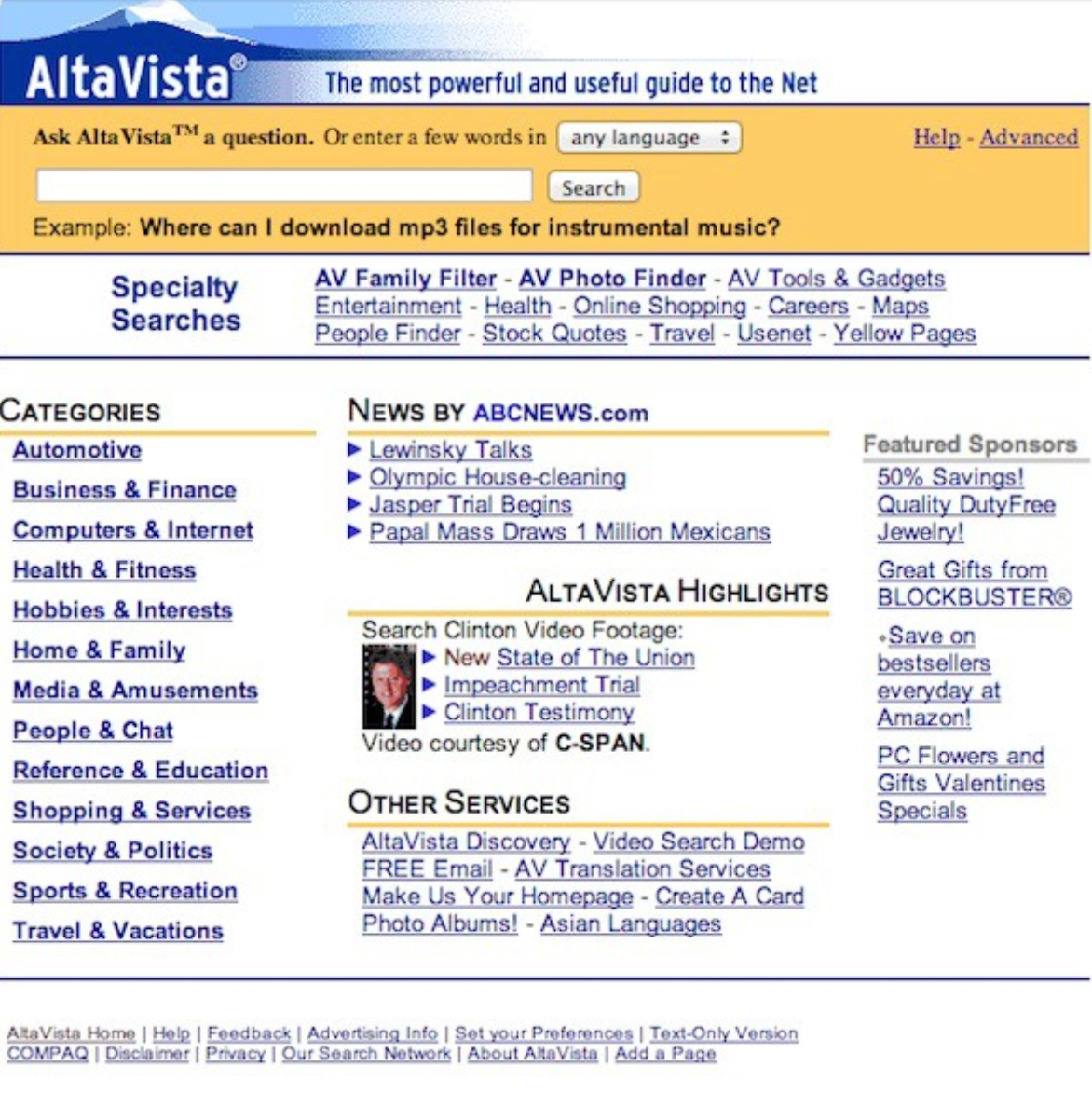What does your website say about your business or organisation? More than you think.
Because what is communicated by a site (or any digital or real-world experience in fact) is more than just the sum of the content within it. As the public face of your business, everything about it says something about you.
As I already spoke about real-world experiences, let’s use one as an example. When you or I walk into a restaurant we make an immediate judgment around the sort of experience we can expect. The decor, music, lighting, clientele, the nature of the service - even the location. All of these things tell us what sort of experience we can expect.
Perhaps more importantly, they don’t necessarily tell us if that experience will be good or bad. But if the menu and the food don’t fit with the expectation created by all the factors above, we might say the restaurant is being inefficient in terms of the way it creates a brand identity in the mind of the consumer.
If all the prompts suggest I am about to get a burger and chips, and I am then handed a menu full of haute cuisine at prices to match, one aspect of the experience is fighting the other.
Your brand online
Exactly the same is true online. Every design decision you make will end up communicating something about your business. And it is important to make sure those decisions work in harmony with the type of organisation you actually are.
Take the sites for Budget Travel and Oroko Travel (both Irish holiday companies). Visit those two sites, and without reading a word you will have a clear understanding of what sort of holiday you might be going on if you booked with that company. And more importantly again, you’d be right.
Here’s the most important thing: it would be very easy and very tempting for Budget Travel to build a site similar to Oroko Travel’s. According to some subjective opinion, that site would be ‘better’ (for the purposes of this article, by the way, I make no comment about the quality of either of these sites).
But for Budget Travel, it would not be. It would actively work against the brand and damage online discovery, conversion and revenue as a result.
To give one more example from a similar space, take a look at Ryanair.com. Design snobs may mock some of the decisions made here. Brand marketers understand that when the message that matters is “the low fares airline”, anything that makes that feel real is good, anything that fights it is bad.
When the site is the product
We’ve established that it is important to ensure site design complements the brand rather than competes with it.
But in an even more extreme case, the site effectively IS the product. And in cases like these, design decisions often communicate a huge amount about that product at an almost entirely subconscious level. To illustrate that I want to talk about two of the most famous and successful companies in the world.
At first glance google.com is an extraordinary home page for an organisation that has so many products and business divisions. Just as it has been since 1998 when first launched, the site features almost nothing other than a search box and two buttons, one to search, one to go straight to the top result.
That “almost nothing”, however, communicates almost everything about Google as a product. To understand why, we have to know what the alternative search engines at the time looked like. Altavista (pictured below), Lycos, Yahoo! etc all had busy homepages with hundreds of links and ‘directories’ of web pages, news feeds and so on. It was felt to be important to provide multiple ways to navigate to content across the web.
Google removed all of that clutter in one brave design decision and have stuck to that approach ever since. Why? Because removing every other way to find content says one thing loudly, clearly and consistently:
Our search works so well you don’t need any other alternative.
In fact Google’s search works SO well that they included the “I feel lucky” button to take users straight to the top result. That isn’t a gimmick, it is a clear statement about the quality of the product, even to people like me who never use it.
Now I want you to imagine all the times over the years that some bright spark has persuasively argued to add elements to google.com. A news feed. Links to other Google products. A recommended ‘site of the day’. A new product announcement.
As a marketer I want to raise a glass to whoever argued - and no doubt had to argue hard - to keep Google as it is, a site that still says that one thing, and as a result positions Google as “where you find things quickly” every hour of every day. In my humble opinion the Google homepage is the single best piece of digital design in the last 30 years. Even if the founders claim it happened that way by accident.
In contrast, look at the home page of a company that wants (in some ways) to take that crown away. Amazon probably wants, ultimately, to be the first port of call for searches, or at least searches for consumer goods. But it is not there yet, and as a consequence, the company tells a different story with its homepage.
Amazon is busy. It is still at the stage of convincing customers and the wider world about the full range of products available through the site. It is absolutely true that many of the design decisions here will be influenced by short term revenue, it is also the case that the broader ‘story’ of choice is still being told. The central challenge for Amazon is becoming the first place a consumer goes for almost any physical product (and indeed today there is less and less need for the qualifier ‘physical’ in that sentence).
So in a completely different way, we have a homepage carefully designed to say a lot about the company it represents.
If that approach is good enough for Google and Amazon - it’s probably good enough for you!
Get in touch and we'll make sure your site says great things about you too.









